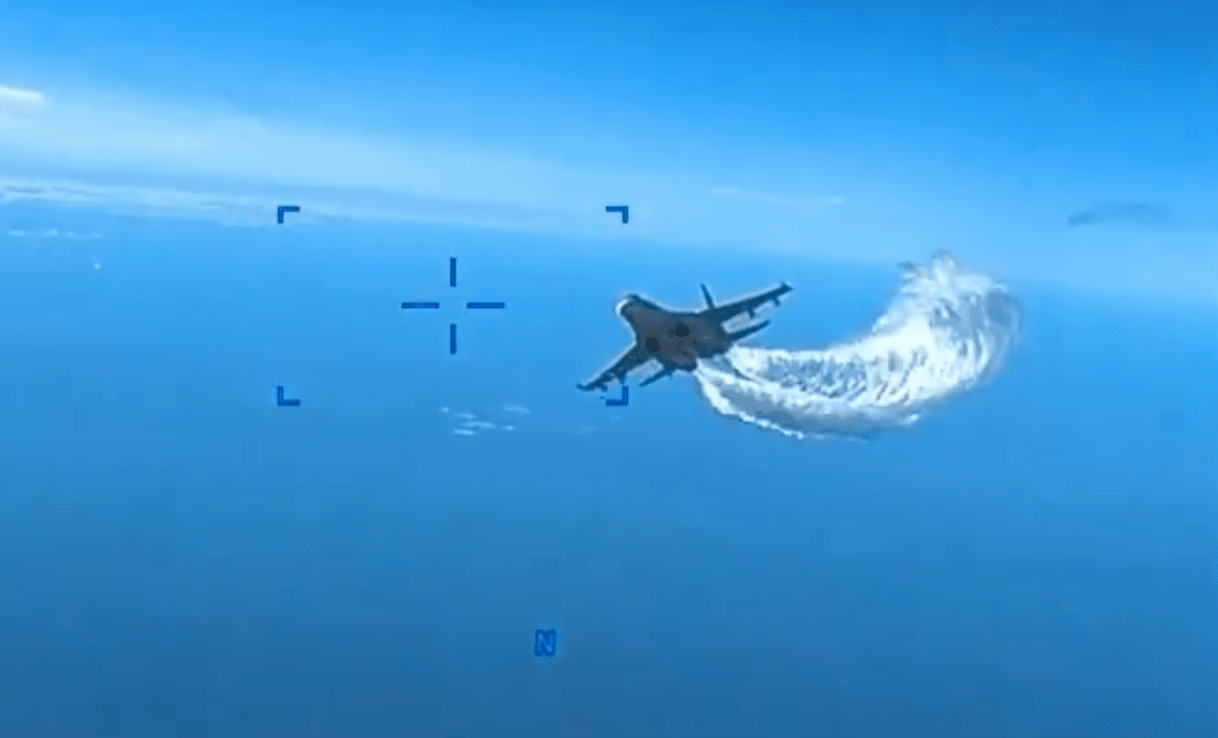UK defence tech investment surges
Venture capital in European defence technology is set to reach $1bn annually by 2024, with the UK leading the charge alongside Germany and France.


Venture capital in European defence technology is set to reach $1bn (£750m) annually by 2024, with the UK leading the charge.
The UK is home to six of the top 10 cities for defence tech investment in Europe, with London, Bristol, Reading, Oxford, Leeds, and Cambridge all making the list.
Whilst Munich has attracted the most funding since 2019, Bristol has earned itself the second-place spot on the list.
Over the past six years, UK cities have secured nearly $2.2bn (£1.6bn) of investment.
This growing investment comes as European governments increasingly look to tech startups to modernise their defence capabilities amid rising global security concerns.
While the US remains the largest destination for defence tech VC, commanding 83 per cent of global investment, Europe is closing the gap.
European VC investment in defence tech has grown five-fold since 2018, outpacing overall NATO and allied nation growth by 25 per cent.
The surge in funding highlights a broader trend of dual-use technology—innovations that serve both civilian and military applications.
Investors see opportunities to build resilient national security infrastructure as geopolitical tensions rise, with experts citing the urgency of developing modern defence systems.
General Catalyst’s Jeanette Zu Furstenberg reiterated, “As we face war on European soil for the first time in decades, the urgency to strengthen our security and build a modern defence software stack has never been greater.”
London will host the Resilience Conference in September 2024, uniting military and national security leaders with tech startups and venture capitalists to drive further investment into this sector.
The conference’s co-founder, Dr Tobias Stone, said: “The intersection between national security, defence and innovation is an exciting space for startups, and there is an urgent need to develop the national security infrastructure across NATO countries.”



